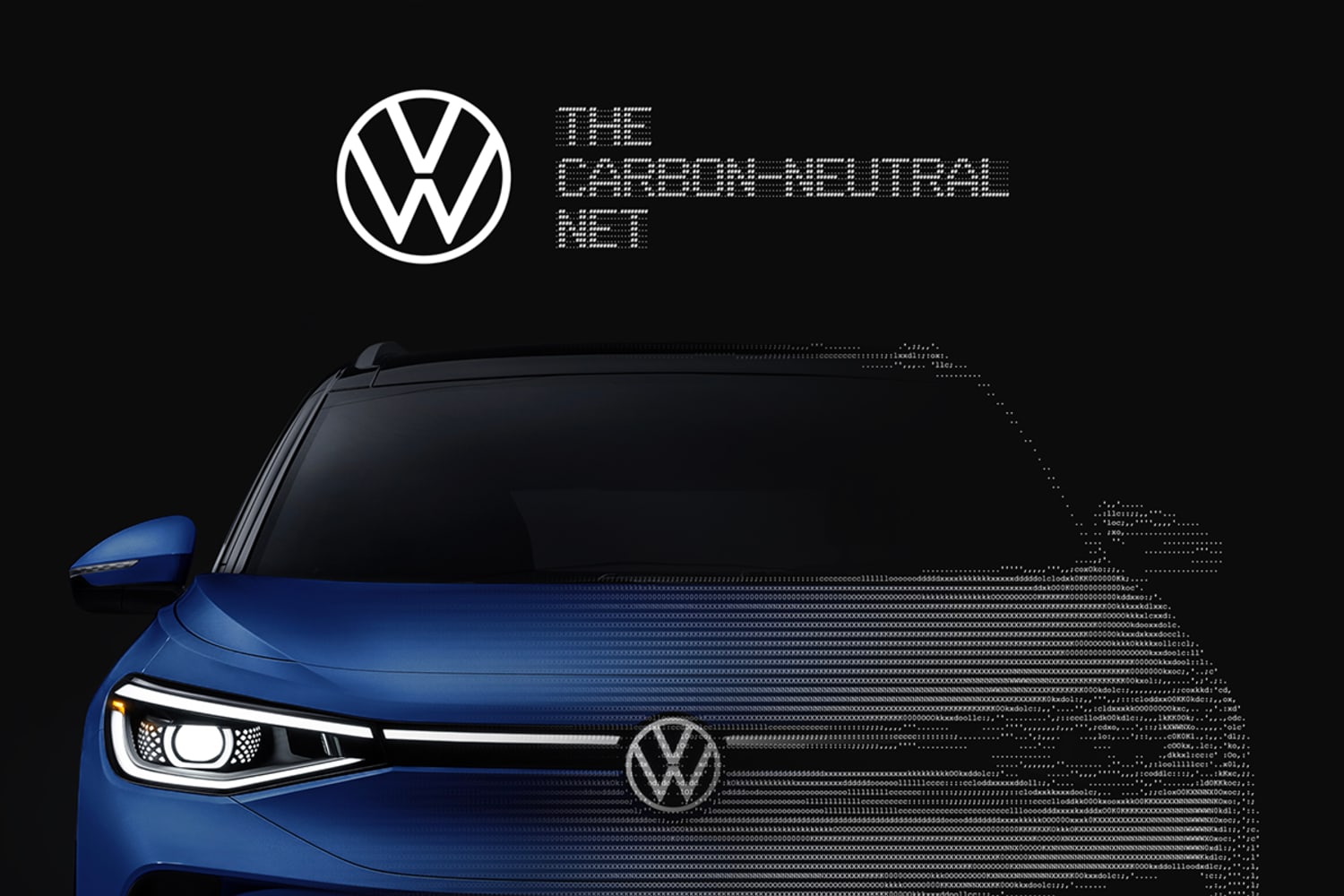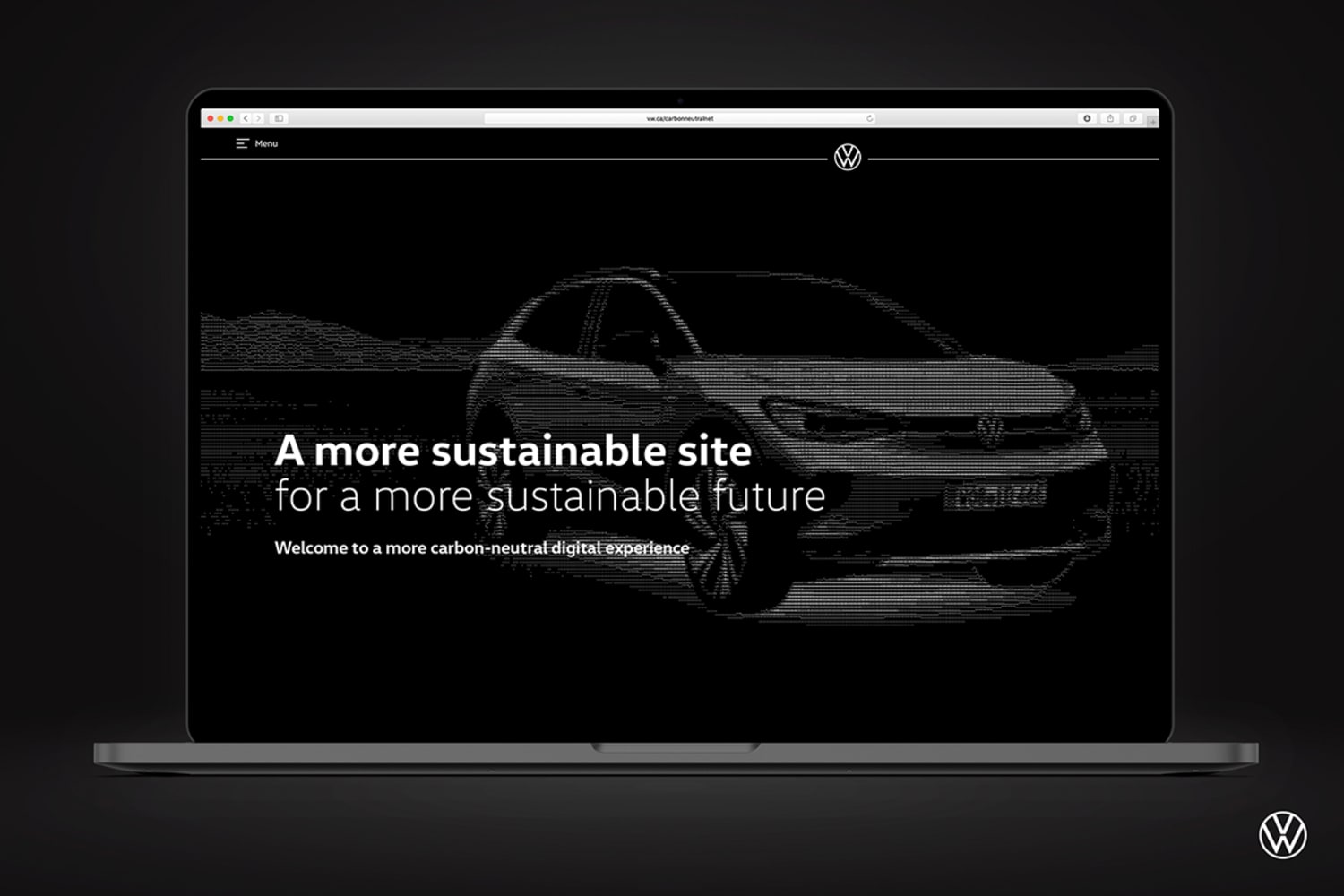To date, climate-change conversations have largely focused on the impact of physical waste. But what about the impact of digital activity? “If the Internet were a country, it would be the 6th biggest polluter in the world,” wrote Cleanfox in a February 2021 report on email pollution, which revealed that promotional emails are responsible for two million tons of carbon dioxide (CO2) emissions annually in the United Kingdom. Data centers currently accounts for 2% of global carbon emissions—a number that’s expected to rise to 14% by 2040, according to GreenGeeks. And Bitcoin uses more electricity every year than the entire country of Argentina, according to recent analysis from Cambridge University. Amidst this rising awareness, brands are redesigning their online experience to be less damaging to the environment.
Digital activity is emerging as the next frontier in the sustainability movement.



Amsterdam-based design studio Formafantasma is prioritizing function over form with its new website. Launched in February 2021, the new site was designed for energy efficiency, with small images, basic typefaces and a logo created from standard Unicode symbols. The simple visuals decrease the energy needed to load the site, thereby reducing carbon emissions. “Our main goal wasn’t necessarily to be innovative on a graphic level,” Formafantasma founders Andrea Trimarchi and Simone Farresin told Dezeen. “We felt it was an excellent design task to use new, more sustainable parameters as limitations for the website.”



Volkswagen reconstructed its Canadian website for a more sustainable browsing experience. In February 2021, the auto company unveiled the Carbon-Neutral Net, an online redesign to shrink the brand’s digital carbon footprint. Volkswagen reduced the amount of data embedded in its online media by removing all color and replacing photographs with mosaics created from low-data text characters. The project significantly lowered the amount of CO2 generated by browsing: the site produces an average of only 0.022 grams of CO2 per page view, compared to the average website, which produces 1.76 grams of CO2 per page view, according to an assessment by digital carbon emissions calculator Website Carbon.
Ecosia is an eco-friendly Google alternative. The search engine—which just selected as the default search engine for privacy-focused browser Brave at the end of January—offsets carbon emissions generated from online activities by planting a tree for every 45 searches run through the engine. The same month, the nonprofit announced its commitment to plant 1 billion trees as part of Africa’s Great Green Wall project.

Digital is accelerating to accommodate remote work, online shopping and an expanding gaming landscape, which means the environmental implications of data usage are more urgent than ever for brands. Expect data sustainability to be a major keystone in companies’ climate-change goals over the next decade.
For more on this topic, see trend #13 in The Future 100: 2021.
Please provide your contact information to continue.
Related Content

Winning at the Webbys 2024

